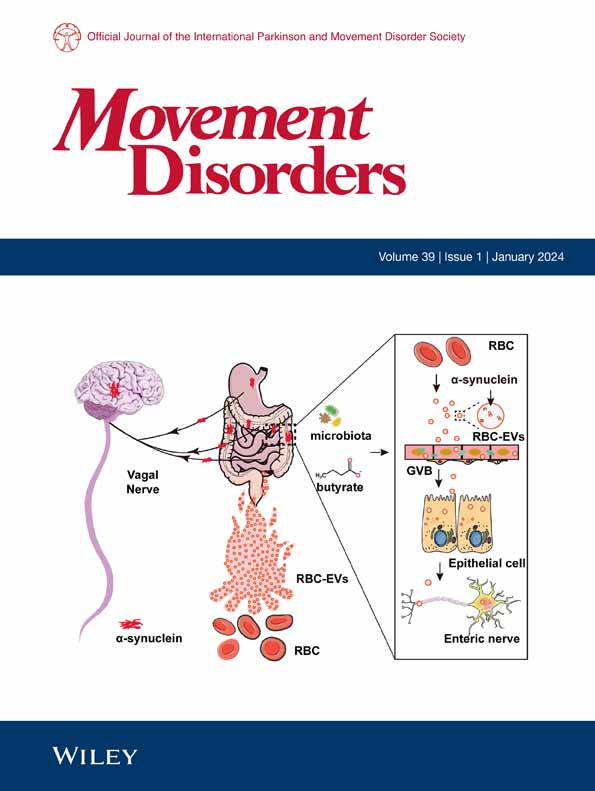Chronic Musculoskeletal Pain and Risk of Incident Parkinson's Disease: A 13-Year Longitudinal Study
Abstract
Background
Chronic musculoskeletal pain often co-occurs with Parkinson's disease (PD); however, whether individuals with chronic pain have a higher risk of developing PD is unclear.
Objectives
To investigate the associations between chronic pain and incident risk of three neurodegenerative parkinsonism categories including PD, multiple system atrophy (MSA), and progressive supranuclear palsy (PSP).
Methods
This study included 355,890 participants (mean [standard deviation] age, 56.51 [8.07] years, 48.40% male) who did not have parkinsonism at baseline from a population-based cohort. Musculoskeletal pain in the hip, neck/shoulder, back, knee, or “all over the body” was assessed. Chronic pain was defined if pain lasted ≥3 months. Participants were categorized into four groups: no chronic pain, having one or two, three or four sites, and pain “all over the body.” The diagnosis of PD, MSA, and PSP used self-reports, hospital records, and death registries. Multivariable-adjusted Cox regression was performed for the analyses.
Results
Over a median follow-up of 13.0 years, 2044 participants developed PD, 77 participants developed MSA, and 126 participants developed PSP. In multivariable analyses, there was a dose–response relationship between number of chronic pain sites and incident risk of PD (hazard ratio, 1.15; 95% confidence interval, 1.07–1.23). Participants with one or two pain sites and three or four pain sites had an 11% and 49% increased risk of developing PD, respectively. There were no associations between chronic pain and MSA or PSP.
Conclusions
Chronic musculoskeletal pain was independently associated with PD, suggesting that chronic pain could be used to identify individuals at risk of developing PD. © 2024 International Parkinson and Movement Disorder Society.

 求助内容:
求助内容: 应助结果提醒方式:
应助结果提醒方式:


